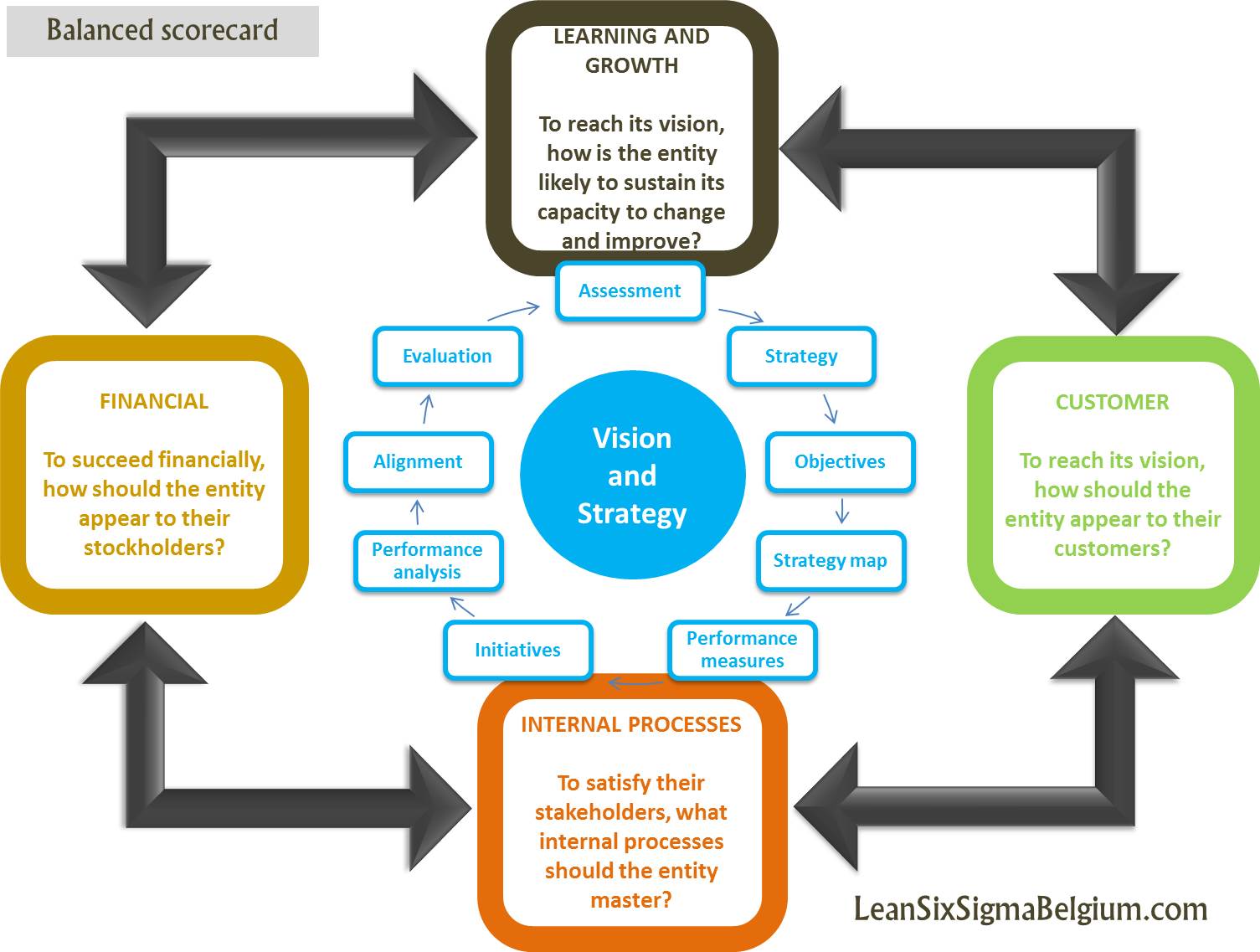Things to Know About Balanced Scorecard
The Balanced Scorecard Institute says that it is “a strategic planning and management system that is used extensively in business and industry, government, and nonprofit organizations worldwide to align business activities to the vision and strategy of the organization, improve internal and external communications, and monitor organization performance against strategic goals.”
Developed by Dr. Robert Kaplan and David Norton, this approach draws heavily from the pioneering work done in General Electric back in the 1990s that changed the way companies looked at factories, supply chains and business statistics.
What used to be a simple way to categorize feedback and give numerical value to actual business growth in several aspects, the balanced scorecard approach is now a full strategic planning and management system.
1 – If you want to know more about balanced scorecard, here are the top 5 things you must always keep in mind:
- It is a management tool. While it’s easy to assume that this approach to management has everything to do with measurement, it’s still rooted in the fact that the metrics serve only as a tool to manage your team or business. Numbers are involved when you set, track and achieve the business strategies that you are employing.
- It’s made up of four legs, like a race. These four legs comprise four distinct business perspectives: The Customer Leg, the Financial Leg, the Internal Business Process Leg and the Knowledge, Education and Growth Leg.
- Customer leg. This leg measures your customer’s satisfaction and their performance requirements. This requires you to look for the critical features your customers want to see in your product or service and if you can deliver it in a timely and expected manner.
- Financial leg. This leg deals with the financial matters of your company and how you’ve grown in terms of hard numbers since you began the balanced scorecard approach. This can look at sales, revenue, spending and any other financial figure that you want to measure to improve your company.
- Internal business process leg. This measures your critical-to-customer process requirements and measures. While your customers aren’t really concerned with how they get their products and services, this leg manages and tracks how your supply chains, assembly and other internal processes work to get products rolling off to clients.
- Learning and Growth Leg (Knowledge & Education). Focuses on how you educate your employees, how you gain and capture your knowledge, and how you use it to maintain a competitive edge within your markets. This looks at how many and how often your employees receive any sort of training and the accreditations they go through and you receive as a result of these learning experiences.
Keep in mind that enriching and using these four legs aren’t done in a certain order—they have to be done all at the same time. This requires mobilizing a lot of resources and, at the same time, creating an intense atmosphere at work that is productive and energetic.
What’s more, the balanced scorecard system needs to be transparent to your whole company. It’s important that they know where they are and what more should be done to achieve the goals they have set.
2 – Balanced scorecard in 2 minutes
- Why organizations should use it? Used to translate an organizational mission statement and related business strategy into SMART goals and to monitor the organizational performance while achieving these goals.
- How organizations should use it? Through performance indicators along 4 areas: financial (ROI,…), internal (production, innovation,…), customer (satisfaction, retention,…) and learning and growth (satisfaction, retention,…).
- What is it for? Organizational analysis method.
3 – Balanced Scorecard steps are composed of:
- Assessment of the mission and vision, challenges and values
- Development of elements of the organizational strategy taking into account customer needs and the organization’s value proposition
- Decomposition of strategic elements under 1) and 2) into strategic objectives , defining the strategic intent
- Formalization of cause and effect linkages between the strategic objectives into a strategy map to create value for customers/stakeholders
- Development of performance measures for each strategic objective
- Development of strategic initiatives supporting the strategic objectives
- Automation to implementing the balanced scorecard system in order to get the right performance information to the right people at the right time
- Translation of the enterprise-level scorecard into business unit scorecards, further team and individual scorecards
- Evaluation of the completed scorecard

